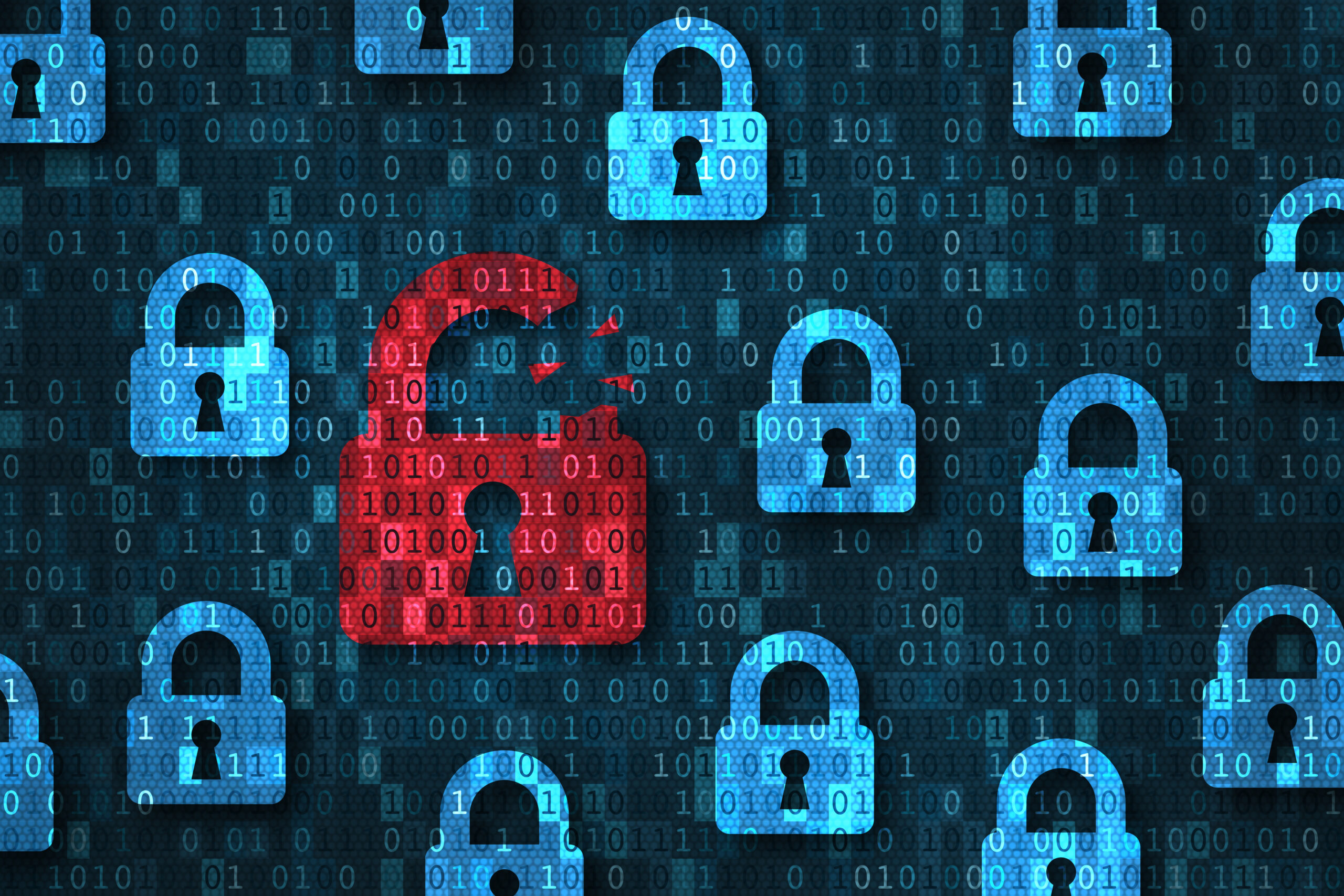
The Differences and Similarities Between EDR and XDR
We’ve seen a shift in the industry from Endpoint Protection and Response (EDR) to Extended Detection and Response (XDR).
But does the naming really make a difference?
If you want to keep your data safe, the short answer is yes.
In general, EDR is different than XDR in that the “E” refers to endpoints specifically, whereas the “X” in XDR indicates it handles network and cloud data as well.
While the endpoint is a major target for cybercriminals and must be protected, each endpoint is only a component of an organization’s IT infrastructure. An enterprise network is composed of a large number of systems of varying types. Attempting to manage a diverse network infrastructure with point solutions can be complex and overwhelming to security teams.
Extended Detection and Response (XDR) is designed to simplify enterprise network security management. XDR solutions integrate security visibility across an organization’s entire infrastructure, including endpoints, cloud infrastructure, mobile devices and more. This single management platform simplifies security management and enforcement of consistent security policies across the enterprise.
EDR and XDR solutions are both designed to replace legacy, reactive approaches to cybersecurity. As a result, EDR and XDR solutions are similar in several ways, such as:
- Preventative Approach: EDR and XDR attempt to prevent security incidents by collecting in-depth data and applying data analytics and threat intelligence to identify threats before they occur.
- Rapid Threat Response: EDR and XDR both support automated threat detection and response. This enables an organization to minimize the cost, impact and damage caused by a cyberattack by preventing or rapidly remediating it.
- Threat Hunting Support: Threat hunting enables proactive security by allowing analysts to identify and remediate potential security issues before an attacker exploits them. EDR and XDR provide deep visibility and easy access to data, which aids threat hunting efforts.
As the endpoint becomes an increasingly vulnerable and vital component of an organization’s cybersecurity strategy, strong endpoint protection is a priority. However, this focus on the endpoint should not come at the cost of greater security complexity and a lack of visibility and security integration for the enterprise network as a whole.
Looking to boost your data protection? Contact Yeo & Yeo Technology to learn about our cybersecurity solutions.
Source: Check Point Software Technologies, LTD